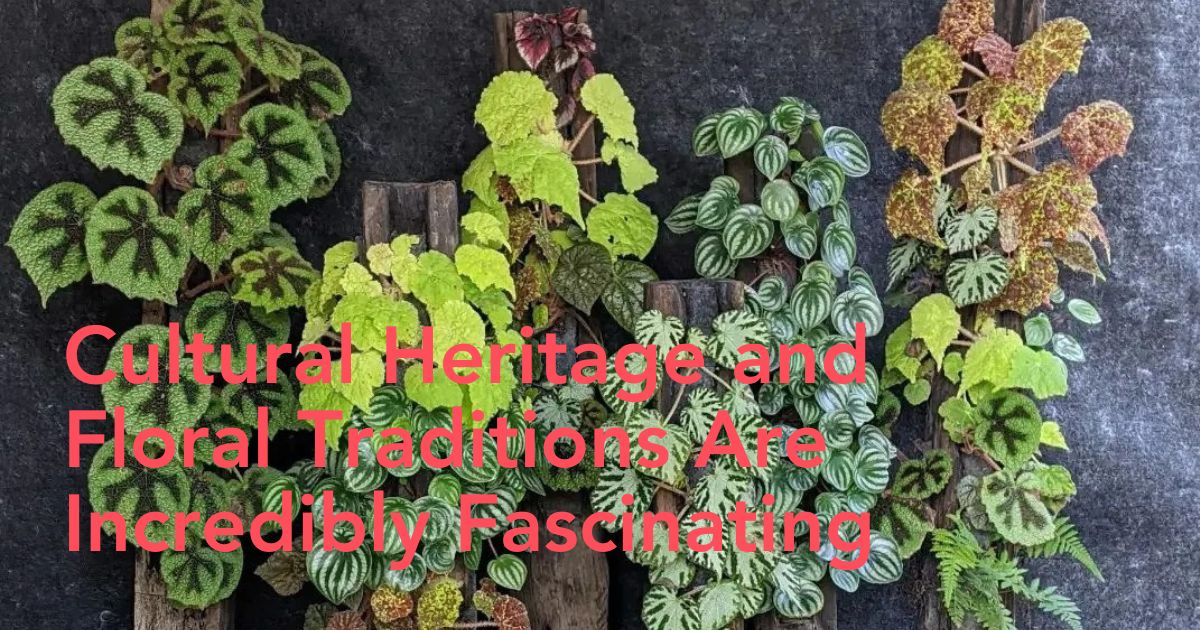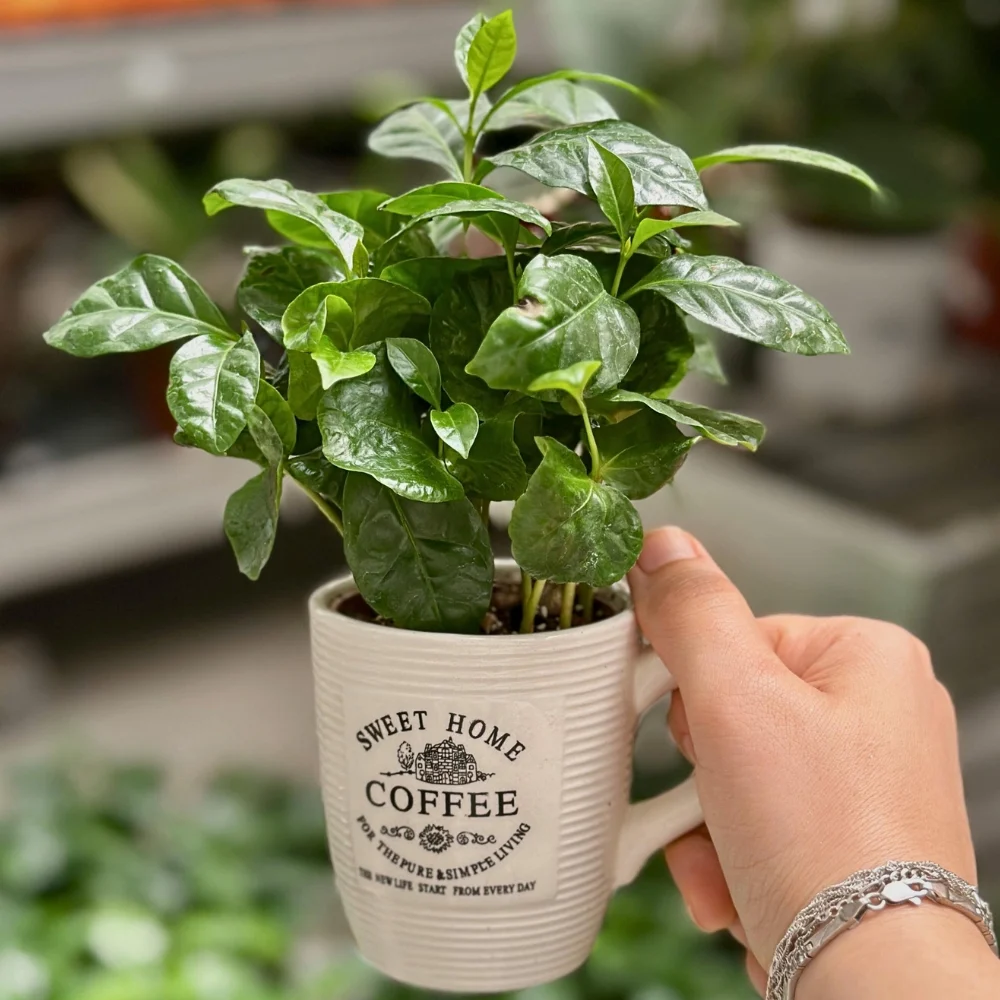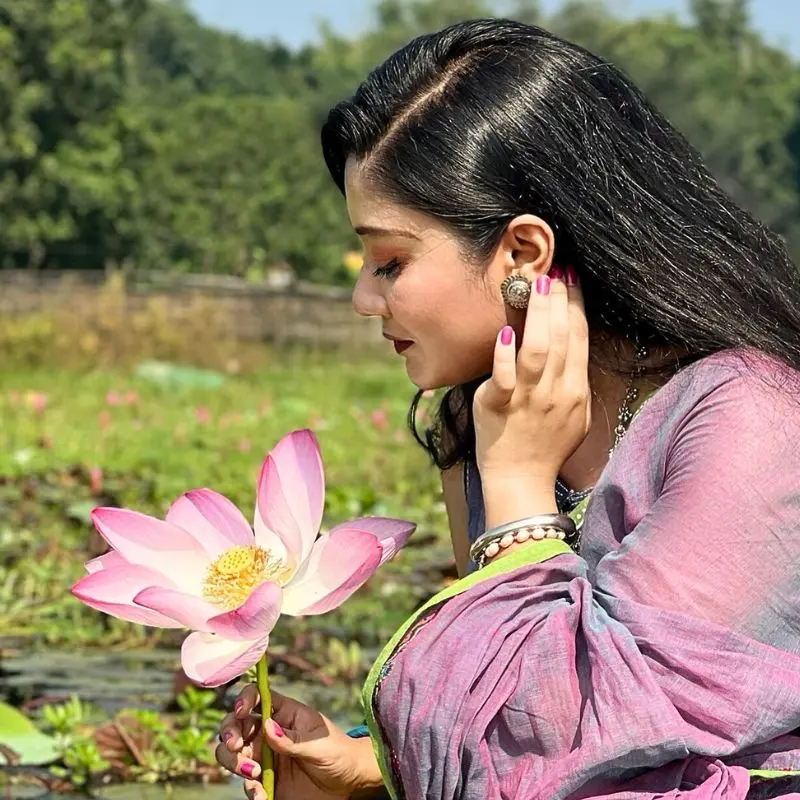It is hard to even imagine how many puzzles make up a country's cultural code and memorable image for the world. This set includes music, literature, art, architecture, politics, language, and religion. Interestingly, each culture has developed a separate attachment to flowers and defined their meaning in its culture over the course of its existence. For example, when we talk about Japan, we immediately think of Sakura, or when we think of the traditions of India or China, we immediately picture bamboo and Lotus. Cultural heritage and floral traditions are incredibly fascinating topics. You can also read about Symbolism and Significance of 10 Flowers of the Guru Granth Sahib in Sikhism
Usually, flowers associated with countries have either a religious, cultural, or ceremonial significance. For example, the Netherlands became the world's tulip capital in the 17th century because of the huge demand for these plants, which were mostly cultivated only in this part of Europe. Next, we will look back at the most important flowers for different cultures and the history of the iconicity of individual plants.

Flowers in Western Cultures
One of the most beautiful and popular flowers in the world, the rose began its ascent precisely in the European part of the continent. In Ancient Greece and Rome, this flower fulfilled not only the role of decoration but was used not only to express emotions. In ancient Rome, the rose symbolized secret meetings and secret gatherings. Its use served as an unspoken sign that everything that was said in this place should remain secret. This symbolism was preserved in the expression 'sub rosa' (under the rose), which still denotes secret information. In the modern world, however, the rose is almost entirely associated only with the gifted flower. You can learn much more about them by contacting an essay writing service and asking an experienced writer to help you find interesting facts about floral traditions and the culture.
The culture of gift-giving, especially on holidays such as Valentine's Day, has made the rose an invariable attribute and part of the gift on that day. It is worth saying that the choice is not accidental. Rose is, in fact, one of the most beautiful flowers in the world, which has a pleasant aroma and many variants of buds, colors, and sizes. Roses are good for any occasion and have taken first place in the list of the most popular flowers worldwide for many years.
Another equally important flower in European culture is the lily. It, along with the rose, was often used in heraldry to denote the status of families. The lily was the symbol of the French kings. The coat of arms of France, known as the fleur-de-lis, depicted a stylized lily and symbolized royalty and divine protection. In Christian culture, in turn, the lily symbolizes innocence and rebirth. White lilies are often attributes of mourning ceremonies and symbolize the hope of rebirth in a better world. Also, this flower represents the Virgin Mary, and it is often seen in church images.
Narcissus, in turn, had radically opposite symbols in different parts of Europe. For example, in ancient Greece, it was associated with the end of life and used in funeral rituals, while in the UK, on the contrary, white daffodils were considered a symbol of new beginnings and hope.

Flowers in Eastern Cultures
In Eastern cultures, flowers have a special symbolic meaning and are more often associated with spirituality and philosophy.
Sakura is considered the main floral symbol of Japan. There are more than 200 species, each region having its peculiar varieties, which makes every hanami unique. This cherry tree blossoms only for a really short period, and its blossoming becomes a symbol of the transience of human existence. Every year, Japanese people come together to the parks to celebrate hanami, the tradition of contemplation of cherry blossoms. The Japanese even created their special language of flowers called Hanakotoba. Unfortunately, in today's world, the younger generation of Japanese no longer remembers the meaning of many of the flowers. However, the older generation keeps their country's history from being forgotten by making anime and manga about the language of flowers.
Lotus in China and India. Just like Sakura for Japanese culture, the Lotus is of great importance to the cultures of India and China, especially those where Buddhism and Hinduism are the main beliefs. In these religions, the Lotus symbolizes purity and liberation from the problems of the material world. The Lotus grows in muddy water in China, but its flower is always clean and untouched. This beautiful image symbolizes spiritual purification and a person's ability to cast aside all worldly problems and become spiritually enlightened and pure. In Buddhist texts, the Buddha is often depicted sitting on a lotus, which is also a symbol of his complete enlightenment.

Flowers in African Cultures
African flowers most often carry a symbol representing the country's nature, culture, and the continent's many beliefs. One of the most famous examples is the Protea for South Africa. The flower has many shapes and colors and is a symbol of diversity. The flower was also an important symbol and sign of freedom during the struggle for independence.
Conclusion
In today's world, flowers mostly act as a gift or help to decorate our décor or create the right look and mood for a celebration. However, the cultural significance of flowers has also not gone anywhere. We still know very well which flowers and colors are best suited for formal occasions, which bouquets to give in romantic encounters, and which ones to decorate the garden or lawn with during a wedding. The floral world is alive and multifaceted and will always delight us, and a deeper understanding of what flowers are, not just present but part of cultures, will help to better understand the traditions and history of different peoples.










